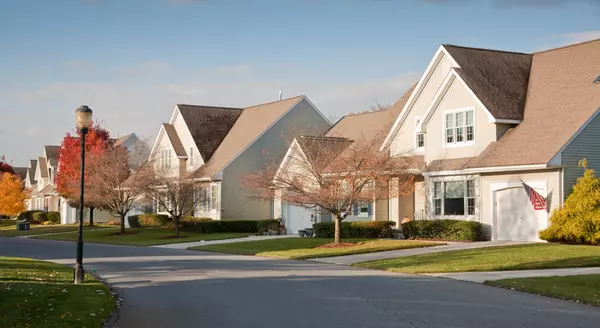
Are More Homes Coming onto the Market?
An important factor shaping today’s market is the number of homes for sale. And, if you’re considering whether or not to list your house, that’s one of the biggest advantages you have right now. When housing inventory is this low, your house will stand out, especially if it’s priced right.But there
![Plenty of Buyers Are Still Active Today [INFOGRAPHIC],KCM Crew](https://img.chime.me/image/fs/chimeblog/20230916/16/w600_original_dfcbc69f-71c2-4035-b62a-da890568e2ce-png.webp)
Plenty of Buyers Are Still Active Today [INFOGRAPHIC]
Some HighlightsHolding off on selling your house because you believe there aren’t any buyers out there?Data shows buyers are still active, even with higher mortgage rates. This goes to show, people still want to buy homes, and those who can are moving now.Don’t delay your plan to sell for fear no on

From Metro Detroit to Sunny SoCal: A Realtor’s Journey
👋 Greetings, everyone! I’m Charles, a seasoned realtor with over 19 years of experience. Recently, at 55 years of age, I embarked on a new chapter in my career by relocating from Metro Detroit to the sunny shores of Southern California. (Some would say I was chasing a girl. 🤭) This move has brough
Categories
Recent Posts










